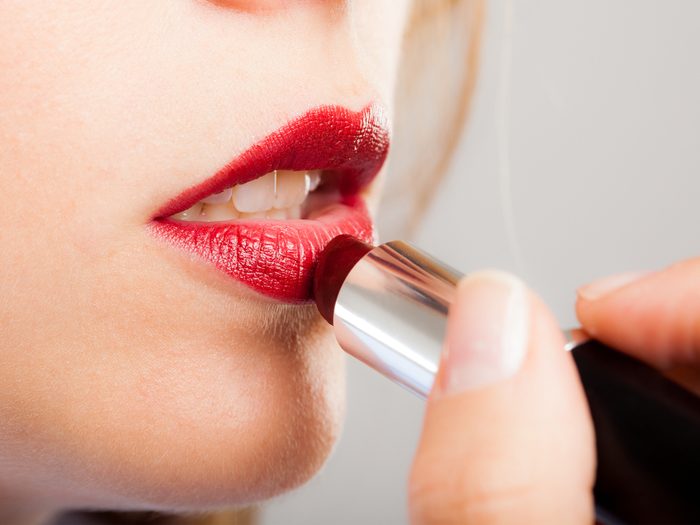
Choosing a dark lipstick
Lips lose their fullness over time, and dark colours make them look even smaller. Mauves and pinks, on the other hand, highlight lips and give the illusion of fullness. A swipe of lip gloss will plump them up even more. If you do decide to go for a darker shade, pick a sheer formula or a stain, which aren’t as flat as a heavier finish, or dab the colour on with your finger. Pick a lip liner that matches the colour of your lips, rather than your lipstick, to avoid an overly dark liner that will make your lips look pursed.
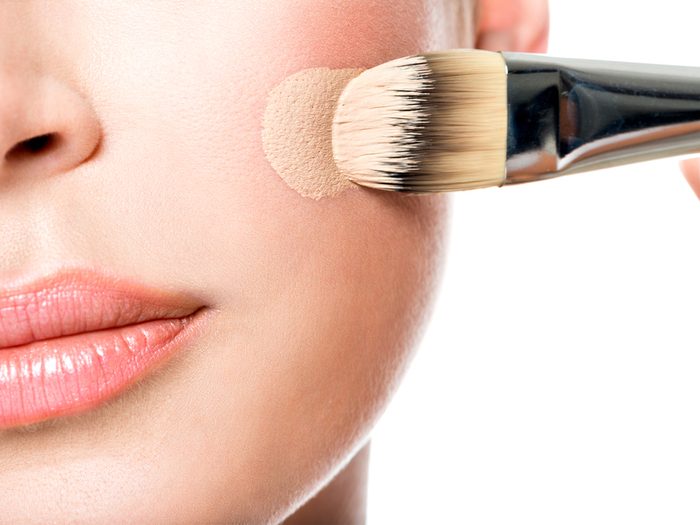
Wearing the wrong colour foundation
Foundation that’s too light or dark will look dull and unnatural, not youthful and glowy. To make sure you pick the right colour when you test them out in the store, dab a bit on your face, rather than your hand, which can be a different shade. The colour should match yours even before it’s blended.
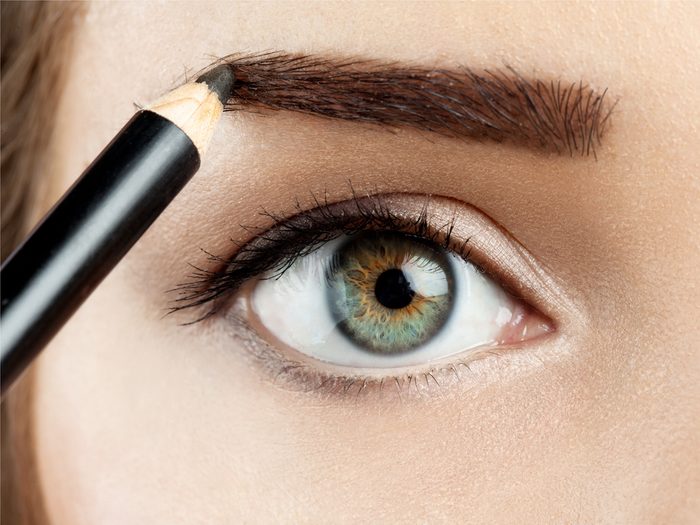
Skipping your eyebrows
Over time, eyebrows become sparser, especially if you have a history of over-tweezing them. Add some definition by filling them in with a product a shade lighter than your natural hair. Another good idea: use lip balm to groom wild eyebrows.
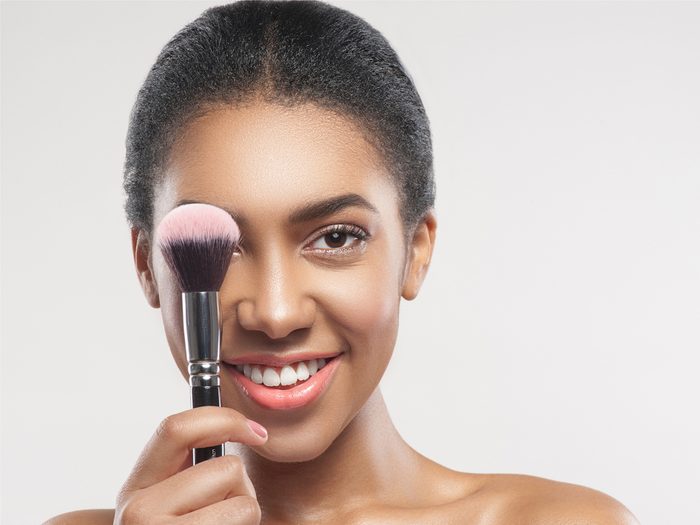
Applying your blush to the wrong spot
Swirling blush only on the apples of your cheeks leaves you with unnatural, unflattering circles. Applying it too far below the cheekbones, though, can drag down your face, giving a saggy appearance. For a youthful glow, lightly brush it along your cheekbone, starting under the centre of your eye and sweeping upward.
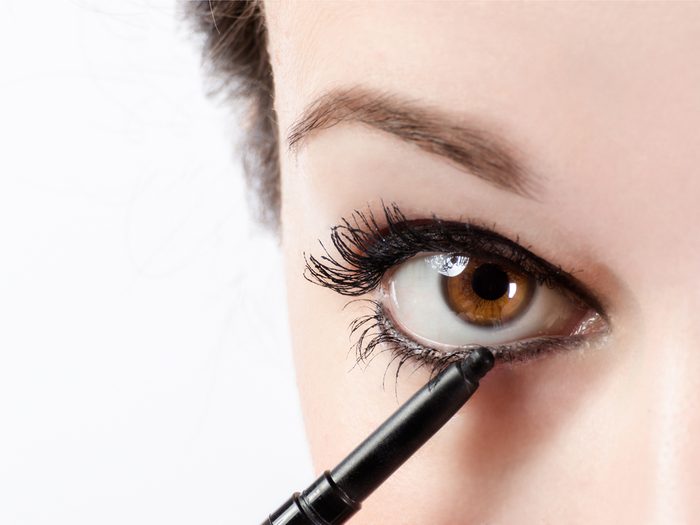
Lining the bottom of your eyes
Bottom eyeliner makes your eyes look smaller, while top liner opens them up. But beware, harsh lines and dark colours will make your lids look heavy. Apply a soft layer of brown or grey eyeliner to your top outer corner and then blend it out for a brightening effect. Finish by curling and applying mascara to only your top lashes.
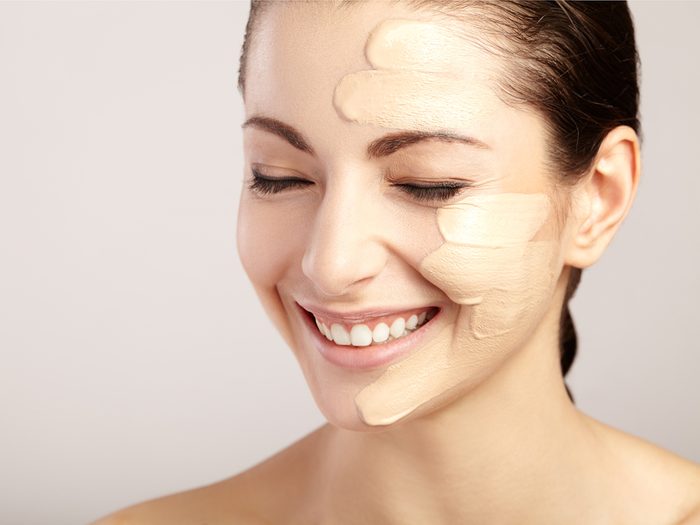
Using a heavy hand
A thick layer of foundation or concealer will settle into wrinkles and creases, calling attention to them. Lightweight foundations and tinted moisturizers are easier to blend and less flat than a powder formula. Finish by pressing a damp sponge to areas with more wrinkles to soak up extra makeup.
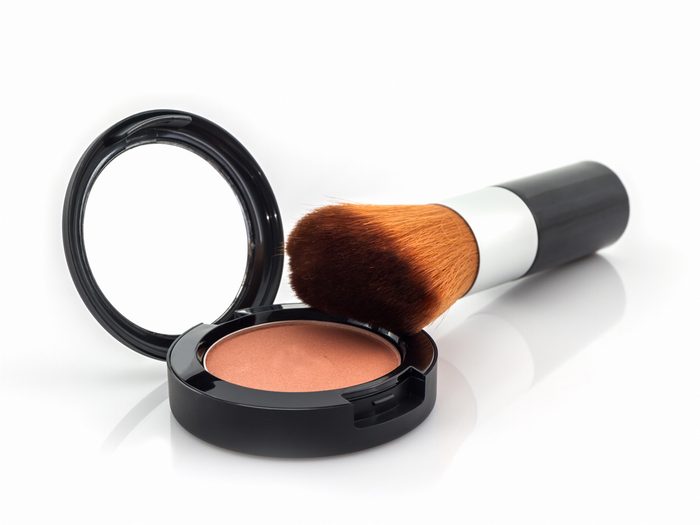
Using a dreary blush colour
Unlike dark or brownish blush shade, bright colours give your cheeks a fuller look, which makes your whole face appear younger and livelier. Cream formulas are ideal because they give an extra surge of moisture that you won’t get from a powder.
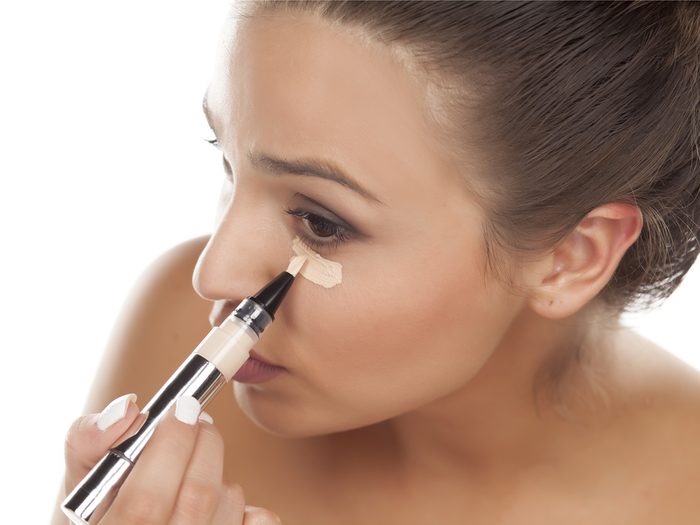
Using the wrong concealer shade
Trying to cover up under-eye circles with a shade that’s too light will accentuate your dark patches just as much as a dark shadow. Also avoid green-based products, which will bring out shadows. Instead, pick a concealer colour with a peachy or yellow tone to neutralize the purple tones of under-eye circles.
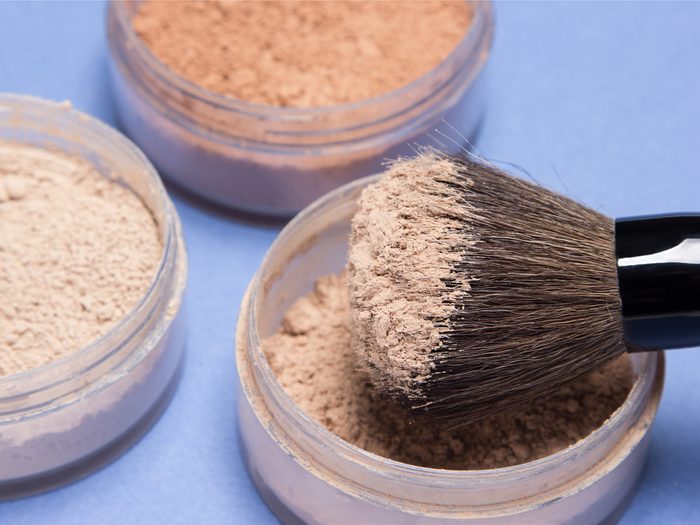
Finishing with powder
When you cover up that oily shine, you also cover up the youthful glow that comes when your skin reflects the light. Swap out powder for blotting tissues or a setting spray, which won’t highlight wrinkles in the same way makeup would. If you really can’t give up your powder habit, dab it only on your chin and nose.
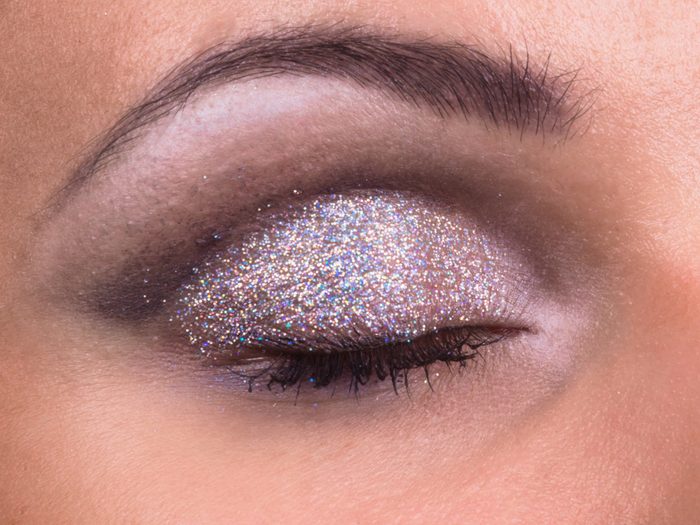
Picking shimmery eye shadow
Glitter often settles into creases, accentuating crinkles on your eyelids. Instead, opt for a more flattering matte finish, and save the shimmer for the inner corners of your eyes for a bright look.
